Bullion Banksters Pay $50 Million to Get Out of Jail Free
This week, news emerged that the final three defendant banks in a gold price manipulation class action lawsuit had, surprise, surprise, paid to settle the lawsuit, and all claims against them will be dismissed, in essence they have bought a ‘Get out of Jail free’ card. Although a class action is not a criminal case, the ‘Get out of Jail free’ analogy from the famous Monopoly game seems apt for what we discuss below.
The three banks in question are some of the leading ‘usual suspects’ in the London fractional-reserve bullion bank cartel, namely Barclays, Bank of Nova Scotia (Scotia Bank), and Société Générale (SocGen). Officially a fourth defendant entity is part of the settlement, namely, London Gold Market Fixing Limited (LGLFL), the private company registered in London through which the gold fixing members conducted their daily gold fixing auctions and alleged gold price manipulations.
This antitrust class action dates back to 2014 and represents 18 consolidated suits which allege that a group of investment banks (all of which were members of the London Bullion Market Association (LBMA)) colluded in a conspiracy to illegally rig and manipulate the gold price by sharing real-time price information in secret meetings that set the gold price to the benefit of the member banks.
The settlement class (those affected by the alleged manipulation) covers anyone who sold physical gold or gold futures contracts / gold derivative instruments / gold financial instruments between 1 January 2004 and 30 June 2013 (i.e. a massive number of gold investors all cross the world) or who bought gold put options (options to sell) within the same period.
For the record, the exact wording used in the settlement document to define the settlement class is as follows:
“All persons or entities who during the period from January 1, 2004 through June 30, 2013, either
(A) sold any physical gold or financial or derivative instrument in which gold is the underlying reference asset, including, but not limited to, those who sold
(i) gold bullion, gold bullion coins, gold bars, gold ingots or any form of physical gold,
(ii) gold futures contracts in transactions conducted in whole or in part on COMEX or any other exchange operated in the United States,
(iii) shares in gold exchange-traded funds (“ETFs”),
(iv) gold call options in transactions conducted over-the-counter or in whole or in part on COMEX or any other exchange operated in the United States;
(v) gold spot, gold forwards or gold swaps over-the-counter;
or (B) bought gold put options in transactions conducted over-the-counter or in whole or in part on COMEX or on any other exchange operated in the United States
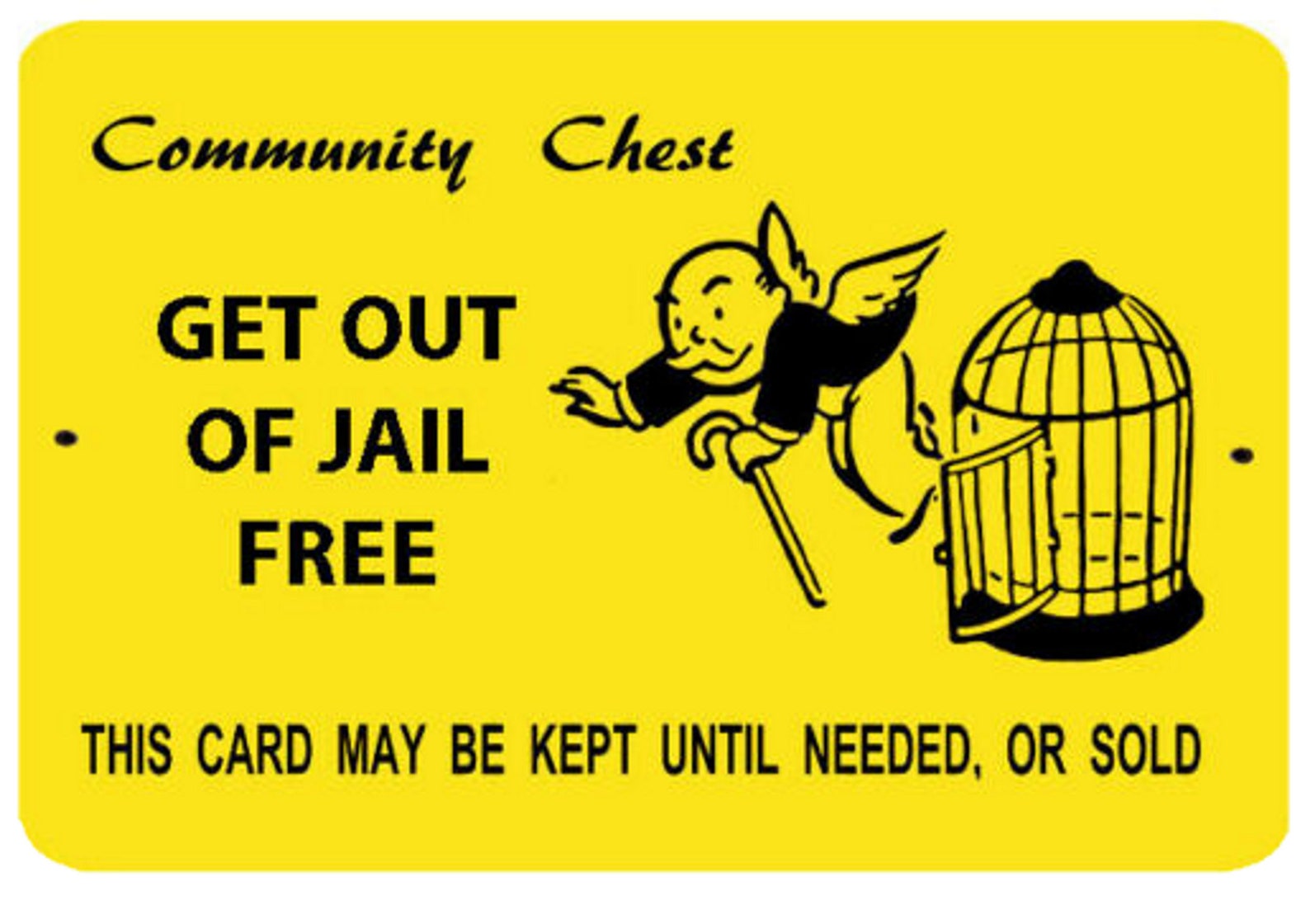
Also, not surprisingly, the settlement amount (monetary relief) which Barclays, SocGen, Scotia and LGLFL are proposing to pay is, at US$ 50 million, a tiny fraction of the massive multi-year profits that these banks would have made trading instruments connected to the gold price over the 2004 – 2013 relevant period. In fact, $50 million is ‘walking around money’ to these elite investment banks, and would hardly cover the budgets for their extravagant Christmas and summer parties.
Rats … Sinking Ship
Back in 2014 when the class action lawsuit was first brought, the list of defendants also included additional ‘usual suspects’, namely, HSBC, UBS and Deutsche Bank (all of which are / were also members of the infamous LBMA).
In 2016, the class action judge dismissed UBS as a defendant due to…wait for it… a ‘lack of evidence’ that UBS manipulated gold prices. Also in 2016, Deutsche Bank paid US$ 60 million to settle the class action claims against it, while Deutsche at the same time agreeing to share information with prosecutors against the other defendant banks.
In December 2020, the next rat to abandon ship was LBMA heavyweight HSBC which paid US$ 42 million in a settlement deal and was then allowed exit the lawsuit. Notably, as part of it’s settlement agreement, HSBC also turned on it’s fellow cartel members and agreed to:
“provide transaction data and discovery to help the plaintiffs continue to go after the banks remaining in the suit – The Bank of Nova Scotia, Barclays Bank PLC, Société Générale SA and The London Gold Market Fixing Ltd”
This cooperation by HSBC seems to have put the heat on the rest of the cartel, since Barclays, SocGen, Scotia and London Gold Market Fixing Limited (LGMFL) are now settling for a combined $50 million, so in total this means that between the three settlements, the bullion bankster defendants have now settled for a combined $152 million: with $60 million being paid by Deutsche Bank, $42 million being paid by HSBC, and $50 million being paid by the Barclays-Scotia-SocGen trio.

This $152 million (or what’s left after the lawyers take their cut) in theory goes to the plaintiffs, i.e. those investors who have registered for the consolidated class action and who are seeking damages over years of gold price manipulation by the defendant banks.
According to co-lead counsel for the plaintiffs:
“Considering the risks and costs of continued litigation, both the combined result of all three settlements and this third settlement agreement even when viewed in isolation provide excellent results for the settlement class."
Excellent results maybe in terms of class action payouts, but not so excellent for the millions of investors who have been potentially damaged by the ‘alleged’ collusion of these banks over the 2004-2013 period in rigging the gold price.
So basically, by paying a measly sum of $150 million (measly from the investment banks’ point of view), these LBMA bullion banks have got off ‘scot free’ and have bought their way out of trouble.
At this point a caveat. While the former ‘Gold Fixing’ cartel contained the word ‘fixing’, this was what the actual member banks called the operation, because this fixing referred to a clearing price at which the trades in the auction ‘fixed’. But in a delicious irony of karma, this name backfired on the cartel with the name becoming associated with price ‘fixing’ i.e. gold price rigging and gold price manipulation.
Which is why in 2014 the LBMA bullion banks rushed to do a smoke and mirrors name change to the London Gold Fixing which had been a twice daily auction every business day from it’s inception in 1919.
They did so by morphing the London Gold Fixing into the all new “LBMA Gold Price auction", with the LBMA and participants pretending via a sleight of hand illusion that the Gold Fixing and the LBMA Gold Price auction were not one and the same. The rebranding was in essence an infantile attempt by the fixing banks to try to distract attention away from the class action suits.
But the fact of the matter is that the London Gold Fixing and the LBMA Gold Price are one and the same, the same old wine in a new bottle, despite the spin that the LBMA may put on it. See BullionStar article “Rothschild emerges from the shadows for the Centenary of the London Gold Fixing” from 16 September 2019 by which time the LBMA had thrown pretense to the wind and were celebrating the 100th anniversary of their clubby gold fixing. For those in the know, they will also see that in everything about the Gold Fix, all roads lead to the Rothschilds.
You may also want to consult the now legendary article from 15 May 2014 in which ZeroHedge profiled the ‘gang of 10’ fixers from the 5 members banks of the Gold Fixing at that time – i.e the 10 directors of London Gold Market Fixing Limited who were unlucky enough to be in the wrong place at the wrong time. The article is linked here and is well worth reading. In fact, that article and it’s timing helped to precipitate the demise of the cartel, and under the spotlight the proverbial rats promptly abandoned the sinking ship.
The names of these LGMFL directors were Matthew Keen and James Vorley of Deutsche Bank, Simon Weeks and Steven Lowe of Scotia, Jonathan Spall and Martyn Whitehead of Barclays, Peter Drabwell and David Rose of HSBC, and Vincent Domien and Xavier Lannegrace of SocGen. Names which will now forever be associated with the demise of London gold fixing consortium 1.0.
Readers may also recognise the name of Deutsche’s James Vorley (a LGMFL director), who in June 2021 was sentenced to prison by the US Department of Justice for a fraud scheme (COMEX precious metals spoofing).
For those who think that this material is now all historical, you may be surprised to learn that London Gold Market Fixing Limited (LGMFL) is still a very much live company, the directors of which are currently Laurence Byrne of Barclays, appointed on 27 September 2019, Chris Nixon of Scotia, appointed on 26 May 2021, and Paul Voller of HSBC, appointed on 6 October 2018. See the UK Companies filings website under LGMFL for details.
The most recent director of LGMFL from SocGen, Frederic Olivier Sirot, resigned on 31 October 2021, right on cue as SocGen finalized the class action settlement.
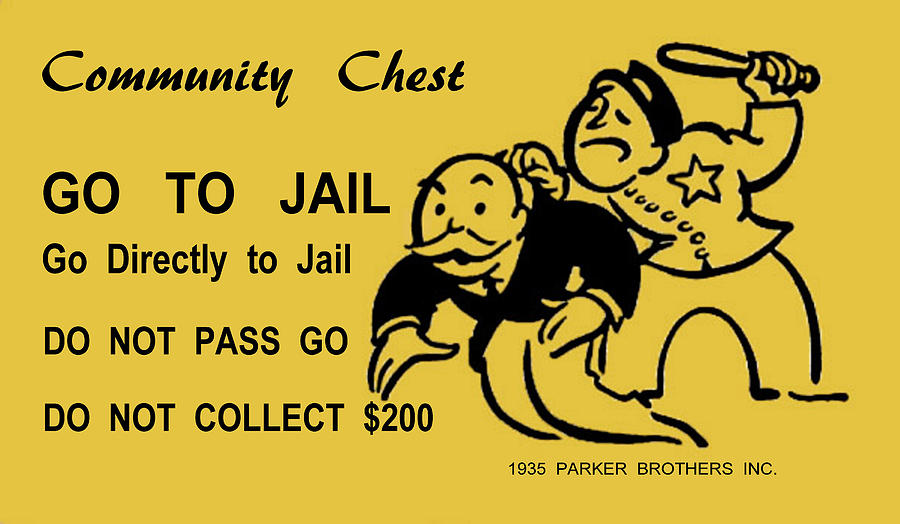
In fact, many members of the original ‘gang of 10’ gold fixers from 2014 have only resigned as directors of London Gold Market Fixing Limited (LGMFL) quite recently. Xavier Lannegrace of Socgen officially exited LGMFL on 31 December 2020, less than a year ago. Simon weeks of Scotia only resigned from LGMFL on 4 October 2019.
Vincent Domien of SocGen only officially exited as a director of LGMFL on 30 August 2019. Steven Lowe of Scotia only bowed out of LGMFL officially on 22 August 2018. You get the picture.
Conclusion
If you are not already part of the Settlement Class, unfortunately you have missed the deadline, as the deadline to file a claim to participate in the settlement was 21 August 2021. See all details on the specific website Gold Fix Settlement here.
For those who like detail, the gold fix class action case which is referred to above is officially called “Commodity Exchange Inc., Gold Futures and Options Trading Litigation, case number 1:14-md-02548, in the U.S. District Court for the Southern District of New York”, and the 32 page document of the Barclays-SocGen-Scotia request for settlement can be viewed in pdf here -> “Memorandum Of Law In Support Of Plaintiffs’ Motion For Preliminary Approval Of The Third Settlement Agreement”
That Memorandum begins as follows:
“Plaintiffs respectfully submit this memorandum in support of their motion for preliminary approval of a settlement reached between Plaintiffs, on behalf of themselves and the settlement class, and Defendants Barclays Bank PLC, The Bank of Nova Scotia, Société Générale, and The London Gold Market Fixing Limited (“Newly Settling Defendants”).
This agreement consists of a $50 million cash payment and, if approved and if the other Settlements before the Court are approved, would completely resolve the pending litigation with a total recovery on behalf of the class of $152 million.”
So there you have it. Five massive banks that are apparently above the law pay a combined paltry sum of $152 million (about $30 million per head) while presumably having earning many many multiples of that sum while engaged in gold price trading over a 10 year period, and then walk scot-free since they have the deep enough pockets to each buy a ‘Get out of Jail Free’ card. They also get to “Pass Go" again and again, while continuing to collect the proverbial £200.
Why? Because that’s the way the City of London and Wall Street works when you have the power and the backing to control the entire rigged system. And not only are these banks playing a real life game of Monopoly, but they are the actual Bank. And for those who know the rules of Monopoly, the Bank can never go broke.

For further BullionStar articles on the London Gold Fixing and associated themes, see:
“London Gold Fixing website www.goldfixing.com taken offline“, 19 March 2015
“The pre-2015 London Gold Fixings – More technologically advanced than reported”, 22 June 2015
“The Bank of England and the London Gold Fixings in the 1980s“, 28 February 2015
“Guest Post (Allan Flynn): “Very skeptical" judge – former FBI/SEC official eyes London gold and silver fix lawsuits”, 21 September 2016 – Class action article
“Guest Post (Allan Flynn): How to Trigger a Silver Avalanche by a Pebble: ‘Smash(ed) it Good’”, 8 December 2016 – Class action article
“Deutsche Bank agrees to settle with Plaintiffs in London Silver Fixing litigation”, 14 April 2016
“Deutsche trader under DoJ prosecution, was a long time director of London Gold and Silver Fixings”, 18 September 2020
“Rothschild emerges from the shadows for the Centenary of the London Gold Fixing”, 16 September 2019
“LBMA Gold Price benchmark ignoring market conditions, short-changing investors” , 1 May 2020
Popular Blog Posts by Ronan Manly
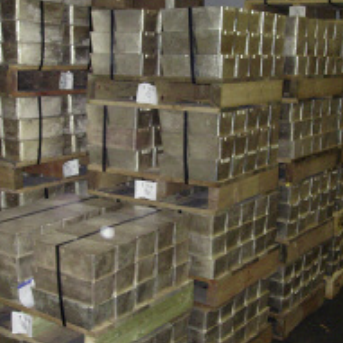 How Many Silver Bars Are in the LBMA's London Vaults?
How Many Silver Bars Are in the LBMA's London Vaults?
 ECB Gold Stored in 5 Locations, Won't Disclose Gold Bar List
ECB Gold Stored in 5 Locations, Won't Disclose Gold Bar List
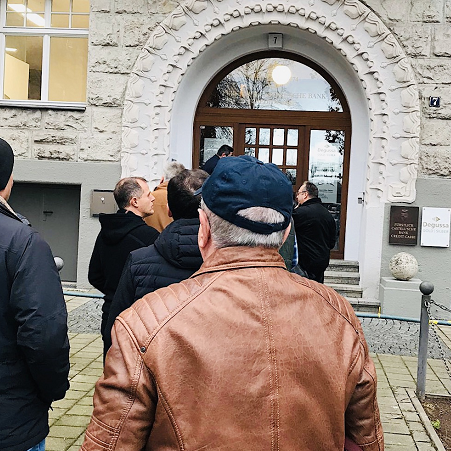 German Government Escalates War On Gold
German Government Escalates War On Gold
 Polish Central Bank Airlifts 8,000 Gold Bars From London
Polish Central Bank Airlifts 8,000 Gold Bars From London
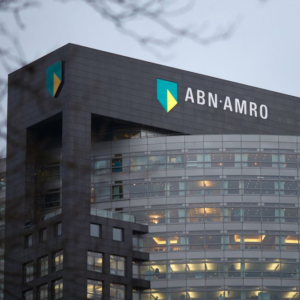 Quantum Leap as ABN AMRO Questions Gold Price Discovery
Quantum Leap as ABN AMRO Questions Gold Price Discovery
 How Militaries Use Gold Coins as Emergency Money
How Militaries Use Gold Coins as Emergency Money
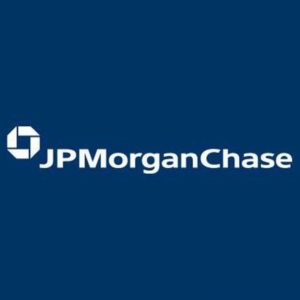 JP Morgan's Nowak Charged With Rigging Precious Metals
JP Morgan's Nowak Charged With Rigging Precious Metals
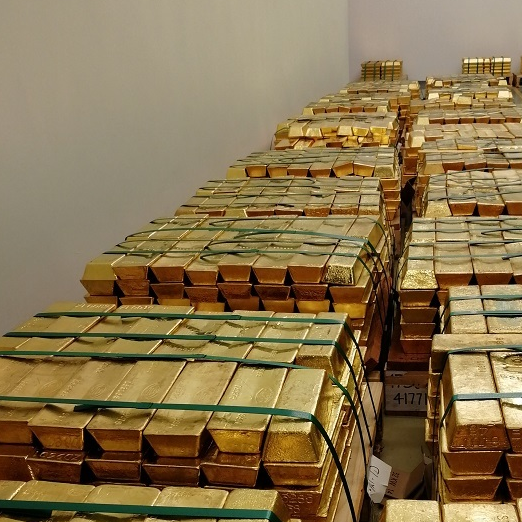 Hungary Announces 10-Fold Jump in Gold Reserves
Hungary Announces 10-Fold Jump in Gold Reserves
 Planned in Advance by Central Banks: a 2020 System Reset
Planned in Advance by Central Banks: a 2020 System Reset
 Surging Silver Demand to Intensify Structural Deficit
Surging Silver Demand to Intensify Structural Deficit





 Ronan Manly
Ronan Manly 0 Comments
0 Comments










